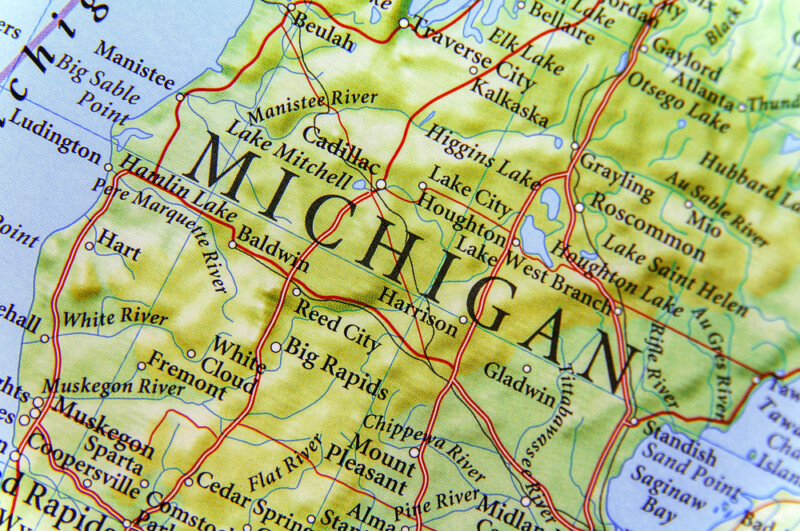
Access to health care in Michigan: A brief for legislators
The Center for Health and Research Transformation (CHRT) has released an issue brief focused on access to health care. The brief, titled “Access to Health Care in Michigan,” describes barriers that affect health care access in the state. Health insurance coverage is a central element improving access to care, but insurance coverage alone is not sufficient to ensure access. This …
Read more >
The benefits of dental health
Increasingly, researchers are illuminating the benefits of dental health. Oral health impacts overall health and dental care is vitally important to curb chronic conditions and improve the systemic health of patients. In this publication by CHRT and Blue Cross Blue Shield of Michigan, CHRT’s health policy team analyzes peer-reviewed clinical research to understand the benefits of dental health for whole …
Read more >
Michigan Medicaid: A primer
Michigan’s Medicaid program provides health insurance coverage for many low-income children and adults. It is a powerful tool for improving the health of Michiganders. In June 2024, over 2.6 million of Michigan’s 10 million residents were enrolled in Medicaid: 1.7 million adults and 946,314 children. Most of Michigan’s Medicaid costs —over 65 percent in 2024—are paid for by the federal …
Read more >
Healthcare workforce shortages in Michigan: Recommendations for recruiting and retaining talent
Like the rest of the nation, Michigan is experiencing severe workforce shortages, exacerbated by the COVID-19 pandemic. One 2023 survey showed that 86 percent of physician practices in the state reported declines in staff since the COVID-19 pandemic and another showed 27,000 hospital job openings in early 2023 – a 13 percent vacancy rate. Nearly all health roles are expected …
Read more >
Supporting direct care workers in Michigan: Strategies from other states
Direct care workers (DCWs) provide long-term care services to vulnerable populations—largely older adults and people with disabilities—and often help keep people in their homes. Medicaid is the largest payer for long-term care services, many of which are provided by DCWs. According to the 2024 Michigan Healthcare Workforce Index, Michigan’s home health aides, personal care aides and nursing assistants have some …
Read more >
Addressing the behavioral health crisis in Michigan: Strategies for enhancing access and coverage
Michigan faces significant challenges in providing adequate behavioral health services, a crisis that has only grown since the COVID-19 pandemic. A substantial portion of adults in Michigan suffering from mental illness and substance use disorders are not receiving necessary treatment. This is attributed to a lack of access to services, even for those with insurance coverage. Coverage varies significantly by …
Read more >
Pathways to reform in Michigan: Diversion, deflection, and reentry programs
A recent report from the U.S. Department of Justice revealed alarming rates of mental health disorders among jail inmates–on average, 44 percent of inmates had a mental health diagnosis. Despite this prevalence, jails lack adequate resources to meet inmates’ mental health needs, potentially worsened by discriminatory practices, implicit bias, overcrowding, and hostile environments. And these challenges disproportionately affect racial and …
Read more >
Strengthening public health through integration with primary care
State and local leaders across the country are taking innovative steps to strengthen public health through integration with primary care. Public health agencies at the state and local levels have long faced challenges such as chronic underfunding, rigid funding streams, outdated and disconnected data systems, fragmented care delivery structures, and workforce shortages. Partnerships between medical care systems, community-based organizations, and …
Read more >
Supporting behavioral health providers in public health emergencies
Support for behavioral health care providers is crucial, especially considering the significant stress and burnout they have experienced prior to and during the pandemic. To understand how to better support behavioral health care providers during public health emergencies, this study explores three topics. Burnout While the literature is limited, studies suggests that burnout can affect physical and mental health for many …
Read more >
The value of community health workers in extending the behavioral health workforce
Prior studies suggest that Community Health Workers (CHWs) add significant value in healthcare settings. CHWs can improve physical health outcomes and lower health care costs for their patients, but there is limited research on the roles CHWs fill in behavioral health care. Trusted frontline health workers, CHWs often live in or come from the communities they serve. Importantly, they support hard-to-engage …
Read more >